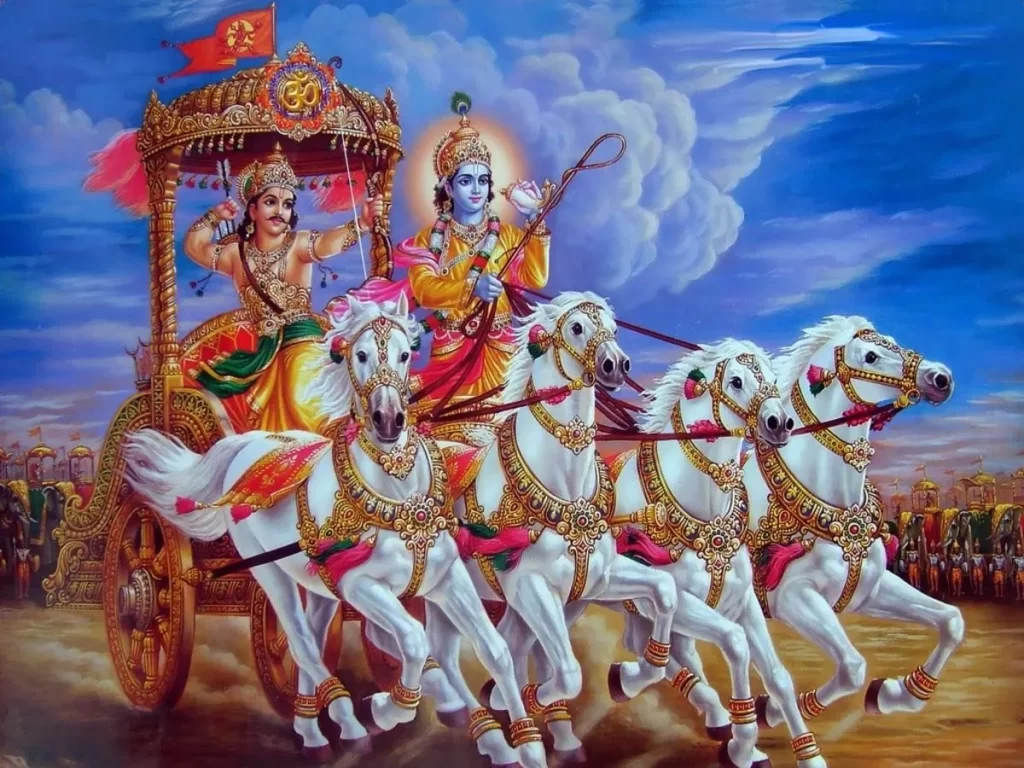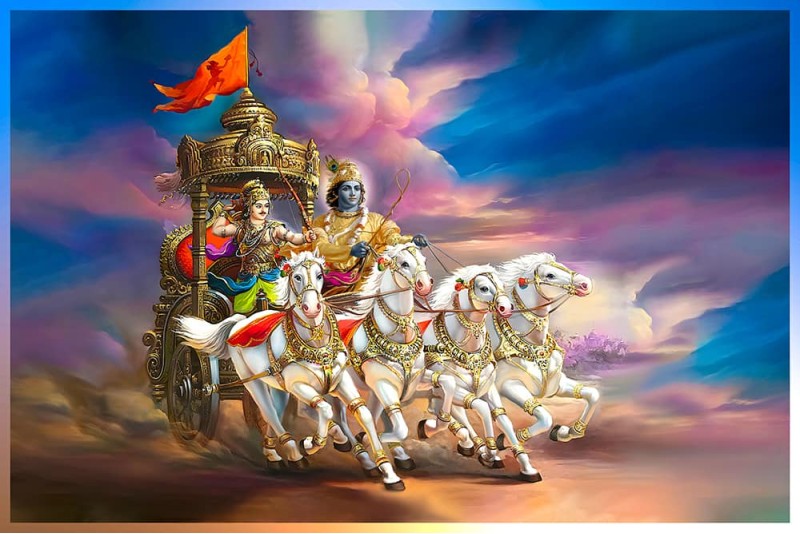Vastu Shastra & Mahabharat
MAHABHARATA contains many primitive references about the bygone era of the prehistoric India. It additionally provides the extravagant depictions of the communities and the conciliatory grounds, which portray an extremely literal picture of that period to us. Visvakarma and Maya have been described as the authors of architectural treatise in the MAHABHARATA, not as scholars rather as expert mansions of the Gods and the danavas, separately. Maya called himself Visvakarma of the danavas and he built the heavenly congregation hall of the Pandavas from the materials gathered by him from the kingdom of the danava ruler “Vrsaparva” located at the north of the Kailasha, close to the Vindu lake and to the north east of Indraprastha.

The Santiparva contains several sections regarding the constructing of the cities during the time of war. The characterization of forts into six types like those found in VS, is likewise found in the MAHABHARATA. Houses were additionally enjoined as per their unique qualities, each one having a proper name, like that found in the SHS.
These specialized names were determined from the various spiritualist figures or images, which were in vogue in remote vestige. Consequently, houses were named Swastika, Vardhamana and Nandyavarta. The specialized names were for example, puspaka and sarvatobhadra, which were also given regal seats.
A sabha, called toranasphatika, is portrayed in subtle element. There realities unmistakably demonstrate that the methodology of characterization of structures were at that point under attention and discourse. Bhumi, in the means of the blocks of a building is also referenced in the MAHABHARATA. These specialized words and the characterization of houses, like that in the SHS, demonstrate that the art of structural planning was at a highly advanced stage considering the era.

Other than those qualities of the different sorts of structures, alternate peculiarities of houses have likewise been depicted. Subsequently, houses are portrayed as being as high as Himalayas. Their whiteness is contrasted to that of a swan. Numerous story structures were described as anekasata. Bhaumani, i.e., houses having several stories. Structures like balabht, niryaha and the karnata were joined to structures.
Bhattacharya concluded that balaht were galleries underpinned on columns. Niryuha were the sections protruding out of the divider and supporting the roofs.
The saying karnata maybe implies to the towers or arches raised on the corners of a building. In spite of the fact that we get various point by point portrayals of building, we can draw almost no surmising regarding the material utilized. The abundance of great and gems may or may not be an unimportant wonderful extravagant. The utilization of white mortar over the dividers has as of now been specified and appears to be very normal.
The utilization of blocks in the development of sacrificial tables has been obviously specified, yet just twice. The toranas, dividers, defenses and a few parts of the entryways, in the same way as girivarjapura, were made up of stone.
The age, to which these portrayals allude, is without a doubt a long period, reaching out from a few hundreds of years BC to the third or the fourth century AD. However, in MAHABHARATA furthermore in Ramayana, there is an extraordinary comparability between the prior and the later references to construction modeling, which, in this way, helps us to structure a thought regarding the state of structural engineering of an early time of Indian history.
